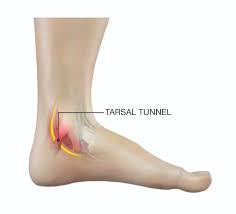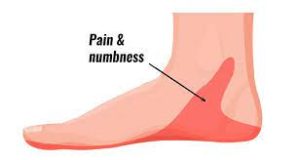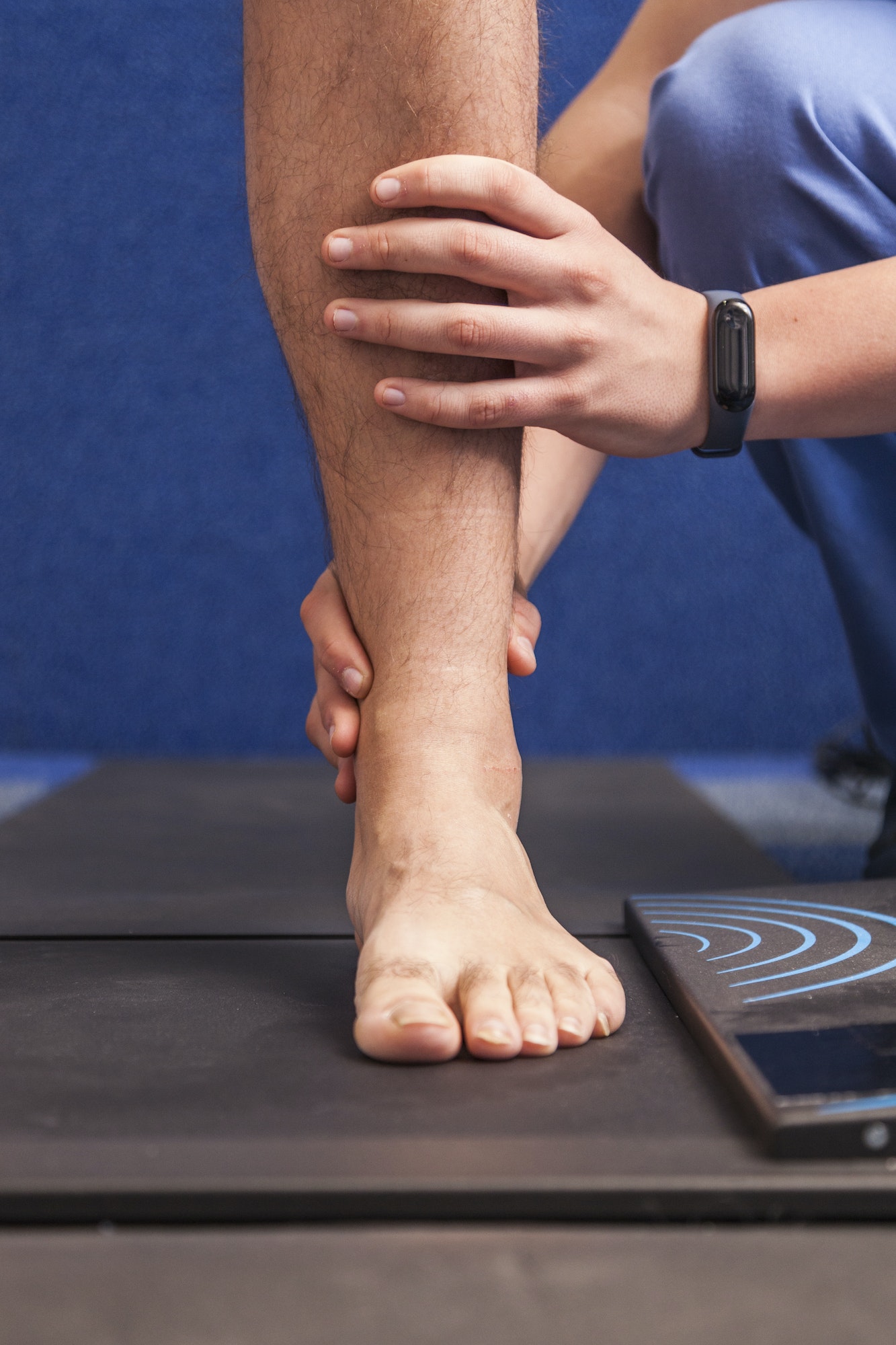Table of Contents
What Is a Double Crush Injury?
A double crush injury occurs when a nerve is compressed at multiple sites along its path. It is believed that an injury at one segment of the nerve may weaken the nerve as a whole and allow for additional injury at a distant site.1 Common sites of double crush injury in the lower leg include:
- the nerve root as the nerve exits the spinal canal in the low back and
- the tibial nerve as it courses around inner part of the ankle which is called tarsal tunnel syndrome.
How Does it Happen?
Presentation and Causes of Tarsal Tunnel Syndrome


Diagnosis of tarsal tunnel syndrome
Management
Often double crush injuries are initially treated with conservative measures that focus on reducing irritation to the nerve as it travels down the leg. Your podiatrist may prescribe physical therapy. Weil Foot and Ankle Institute’s in house physical therapists, who are experts at foot and ankle conditions, address both the back and ankle sources of the symptoms. Physical therapy may include techniques to reduce inflammation, improve ankle stability, and strengthen the abdominal and rear end muscles to reduce stress on the low back. If physical therapy does not fully resolve the tarsal tunnel syndrome symptoms, the podiatrist may recommend a surgical procedure to relieve compression at the ankle. In this procedure, the surgeon will decompress the tarsal tunnel to allow more space for the nerve, blood vessels, and tendons. Lumbar injections may also be suggested to reduce inflammation at the nerve root.
If you have concerns that you may have symptoms of tarsal tunnel syndrome, please reach out to the Weil Foot and Ankle Institute podiatrists. They have the tools to properly diagnose and treat tarsal tunnel syndrome so that you do not need to continue to suffer.
References
- Kane, Patrick M. MD; Daniels, Alan H. MD; Akelman, Edward MD Double Crush Syndrome, Journal of the American Academy of Orthopaedic Surgeons: September 2015 – Volume 23 – Issue 9 – p 558-562.
- Jacob JR, Rao JP, Ciccarelli C: Traumatic dislocation and fracture dislocation of the hip: A long-term follow-up study. Clin Orthop Relat Res 1987;214:249–263.
- Fassler PR, Swiontkowski MF, Kilroy AW, Routt ML Jr: Injury of the sciatic nerve associated with acetabular fracture. J Bone Joint Surg Am 1993;75(8):1157–1166.
- Golovchinsky V: Double crush syndrome in lower extremities. Electromyogr Clin Neurophysiol 1998;38(2):115–120.
- Augustijn P, Vanneste J: The tarsal tunnel syndrome after a proximal lesion. J Neurol Neurosurg Psychiatry 1992;55(1):65–67.
- Cimino WR. Tarsal Tunnel Syndrome: Review of the Literature. Foot & Ankle. 1990;11(1):47-52.

Meet Weil Foot & Ankle Institute
By: Weil Foot & Ankle Institute, Published: Apr 14th, 2021
Review By: Kristin Abruscato DPT – Jan 19th, 2023


